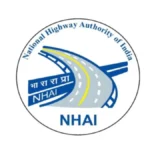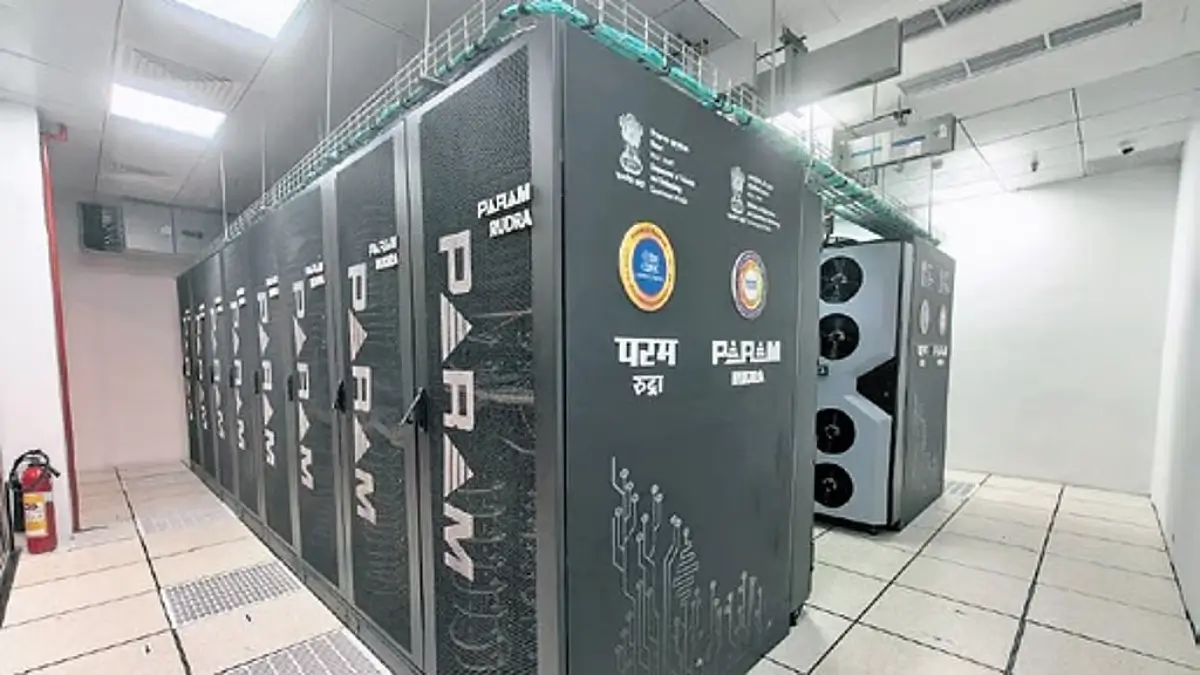India Among Top Countries with High Income and Wealth Inequality: UNDP Report
In recent news, a report published by the United Nations Development Programme (UNDP) has highlighted India’s position among the top countries with high income and wealth inequality. This revelation has significant implications for students preparing for government exams, especially those aiming for positions in various sectors, including teaching, law enforcement, banking, railways, defense, and civil services like PSCS to IAS.

Why this News is Important
Understanding Income and Wealth Inequality: This news is crucial for aspiring civil servants and other government job aspirants as it sheds light on a critical aspect of India’s socio-economic landscape. Income and wealth inequality represent the disparities in earnings and accumulated assets among different sections of society. A comprehensive grasp of this issue is vital for anyone looking to address and mitigate the socio-economic challenges in India.
Implications for Policymaking: Understanding the extent of income and wealth inequality is crucial for those aiming for positions in government services. It will help them appreciate the importance of crafting policies and initiatives aimed at reducing these disparities, promoting economic inclusivity, and ensuring a fair distribution of resources.
Historical Context
To appreciate the current state of income and wealth inequality in India, we must consider the historical context. Over the years, India has witnessed significant economic growth and development. However, this growth hasn’t been uniform, leading to income disparities. Factors such as historical inequalities, unequal access to education, and varied employment opportunities have contributed to the wealth gap.
Key Takeaways from the UNDP Report
| Serial Number | Key Takeaway |
|---|---|
| 1 | India ranks high in income and wealth inequality globally. |
| 2 | Income disparities are more pronounced in urban areas compared to rural regions. |
| 3 | Reducing income and wealth inequality is a key goal for the government, as evident in various policy initiatives. |
| 4 | Access to quality education and employment opportunities are essential in bridging these disparities. |
| 5 | Aspiring government employees should be well-versed in tackling income and wealth inequality to address societal challenges effectively. |
Important FAQs for Students from this News
What is income and wealth inequality?
Income inequality refers to the uneven distribution of earnings among a population, while wealth inequality pertains to the unequal distribution of accumulated assets and resources.
How does income and wealth inequality affect society?
Income and wealth inequality can lead to social disparities, hinder economic growth, and affect overall societal well-being.
What are the major factors contributing to income and wealth inequality in India?
Historical inequalities, unequal access to education and employment opportunities, and regional disparities are some of the key factors.
How can the government address income and wealth inequality?
The government can implement policies that focus on education, employment, social welfare, and progressive taxation to bridge the wealth gap.
Why is it essential for government job aspirants to understand income and wealth inequality?
As future public servants, they play a crucial role in addressing these disparities and promoting equitable development.
Some Important Current Affairs Links

















